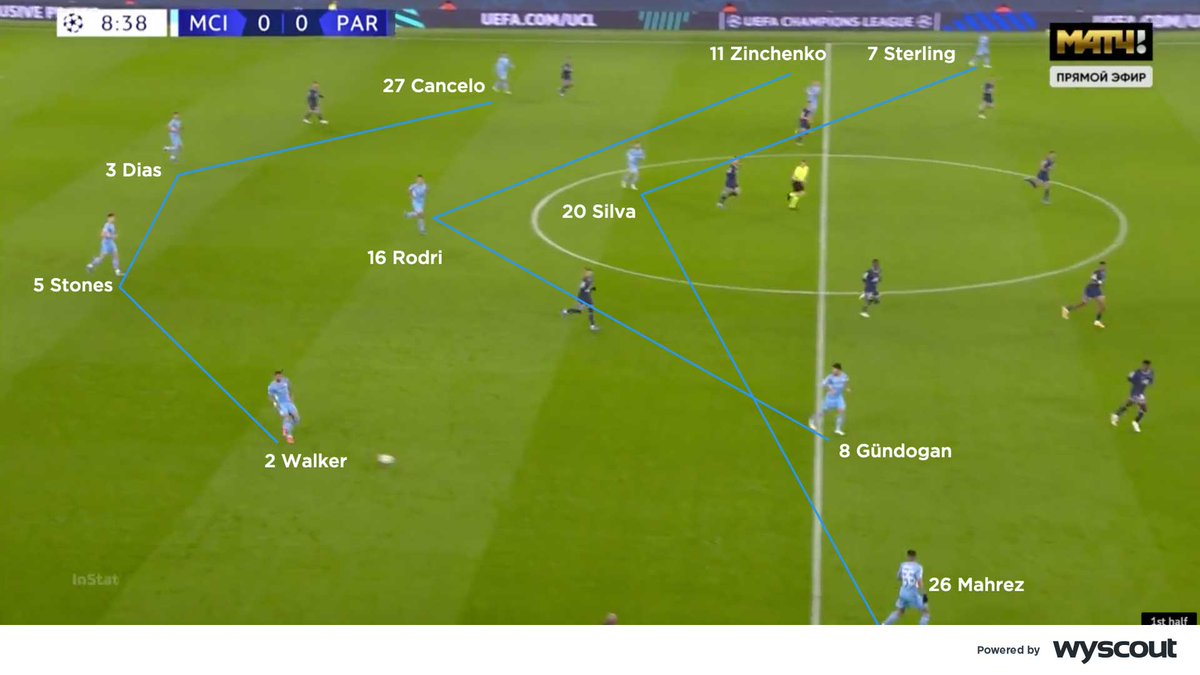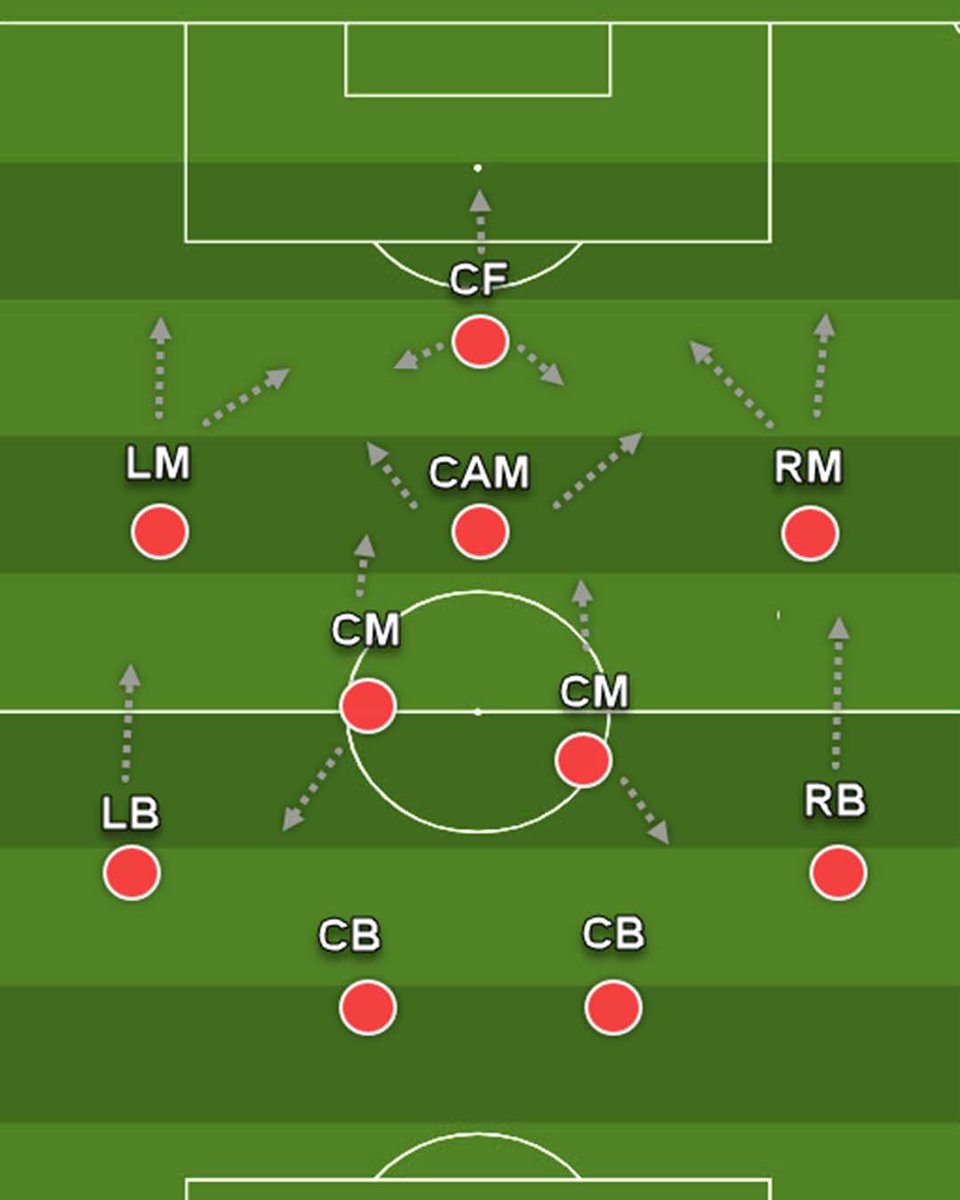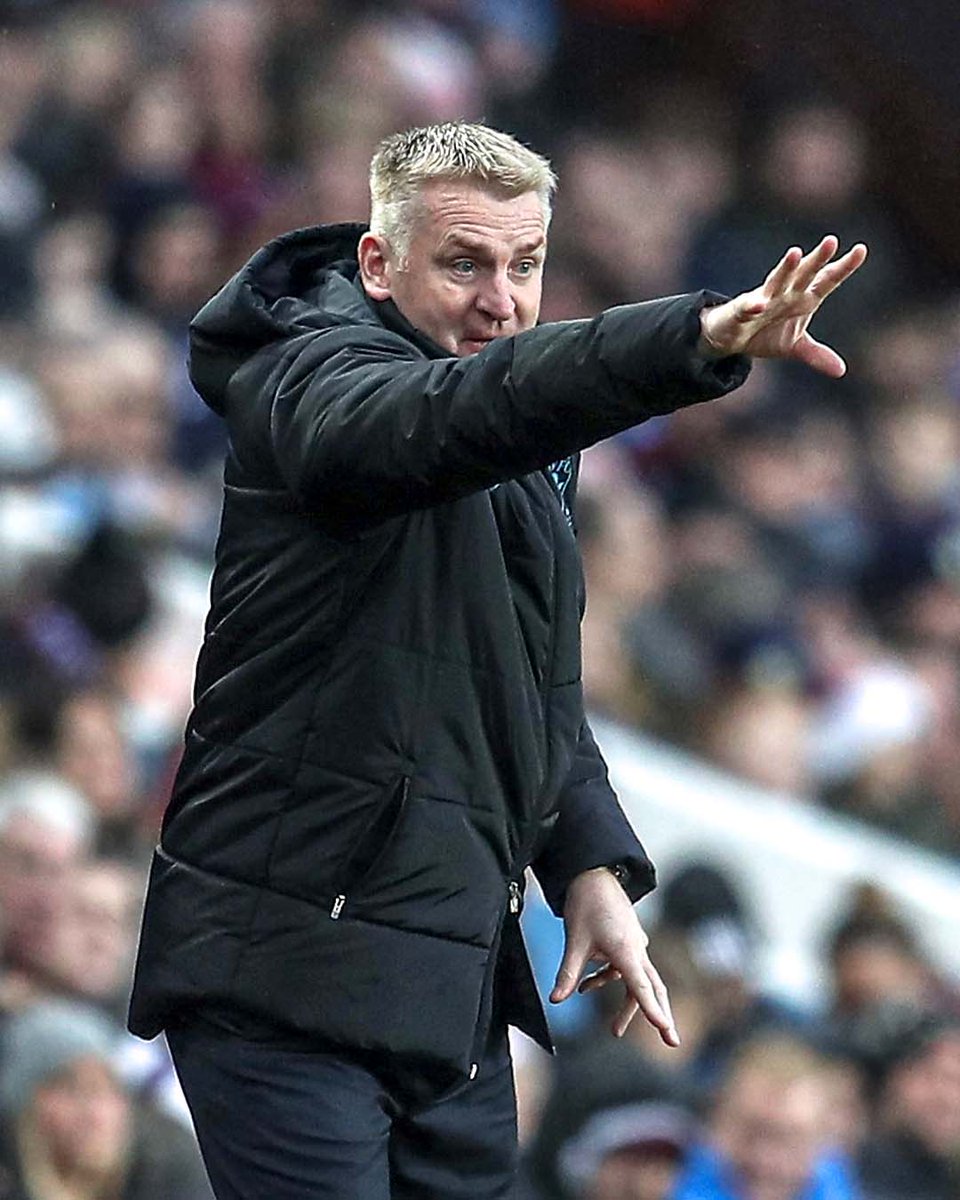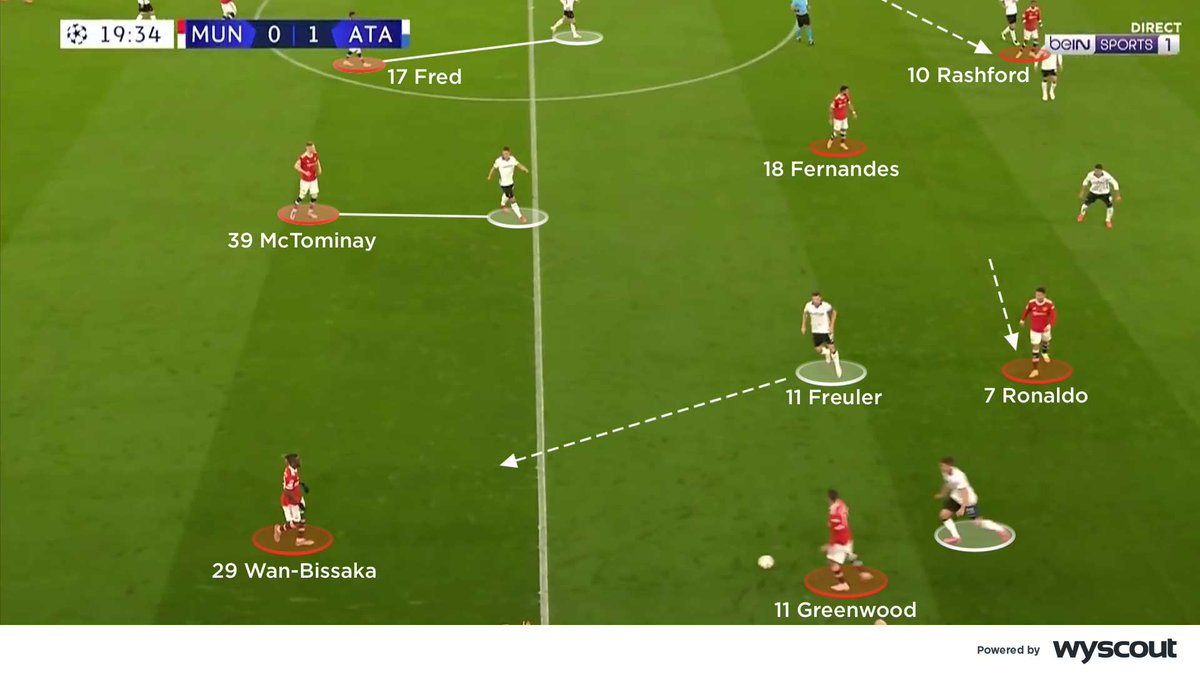
Fresh analysis thread 🙌
How left-sided rotations, Antonio Rüdiger’s build-up and Hakim Ziyech’s roaming helped Chelsea thrash Juventus... 🧐🧵
🔋@Wyscout
#CFC • #UCL
How left-sided rotations, Antonio Rüdiger’s build-up and Hakim Ziyech’s roaming helped Chelsea thrash Juventus... 🧐🧵
🔋@Wyscout
#CFC • #UCL
Chelsea used a 3-5-2 structure with two high number eights in N’Golo Kanté and Hudson-Odoi. Hakim Ziyech acted as a number 10, often moving away from Christian Pulisic, who stayed high as the main centre-forward... 🧐🧵 

In the first half, Hudson-Odoi and Chilwell rotated well, with Ziyech moving over to provide support on the left. Here, he proved more difficult for Juventus to pick up because their midfield line often narrowed to prevent direct access into Ziyech between the lines... 🧐🧵 

Ziyech then made more movements out to Chelsea’s right, and the home side found space to attack in the left inside channel, with Rüdiger frequently stepping out of defence to progress around the visitors’ central midfield three... 🧐🧵 

With Chelsea constantly breaking into the final third, Rüdiger’s high position almost made him a second pivot alongside Jorginho. Juventus then defended extremely deep, leaving only one player high in the attack... 🧐🧵 

Allegri moved Rabiot inside from their out-of-possession midfield four to create a temporary midfield three. This allowed one of the two central midfielders to drop and support the centre-backs during deeper build-up, and also to help combat Chelsea’s higher pressing... 🧐🧵 

Bonucci often helped Juventus break into midfield from a central positions. With Rabiot coming in off the left, one of the centre-forwards dropped in to add another player to the midfield unit. As a result, Chelsea were forced back into a mid-block, and Ziyech withdrew... 🧐🧵 

A change to 4-2-3-1 ensured a permanent three in the Juventus midfield. However, Chelsea responded by pressing high, with single pivot Jorginho jumping out to press more. Whenever Ziyech pressed aggressively alongside Pulisic, Juve struggled to penetrate centrally... 🧐🧵 

Juventus made a string of changes, with Arthur introduced in the double pivot, and Dybala as a number 10 underneath Kean as the centre-forward. Juventus’ full-backs still provided the attacking width, attempting to build around Chelsea’s converted 5-3-2 defensive block... 🧐🧵 

• • •
Missing some Tweet in this thread? You can try to
force a refresh















